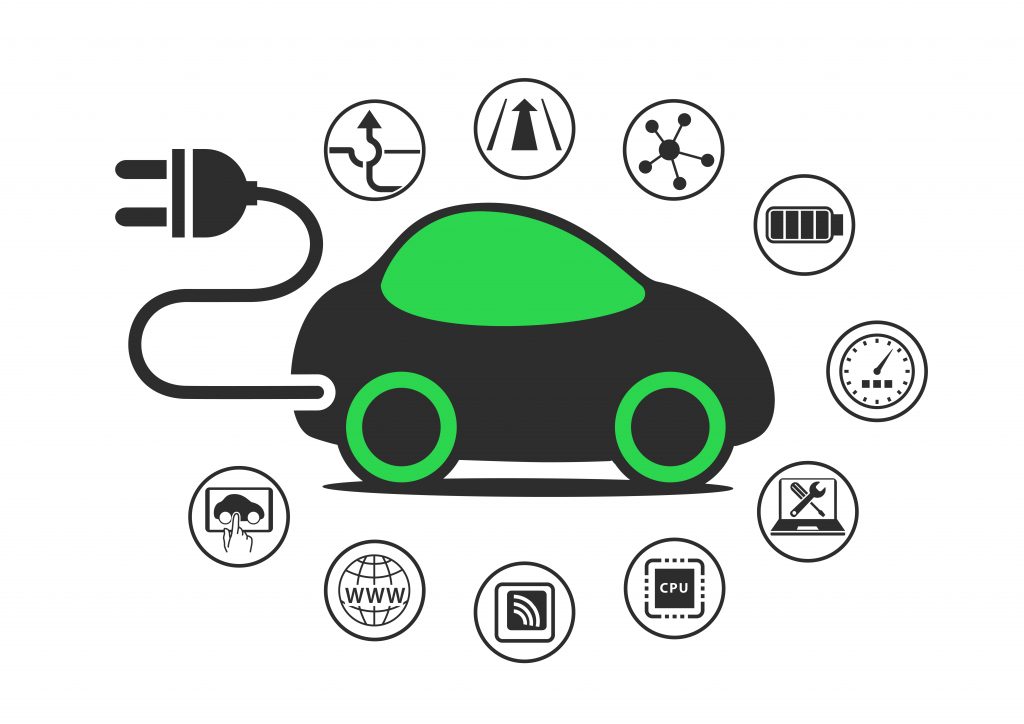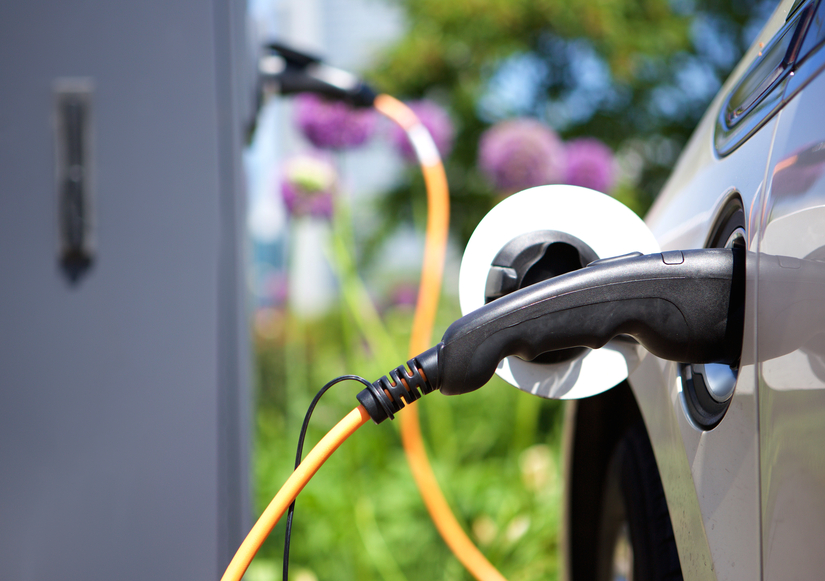
Read on to discover what the four main electric vehicle parts are in our new electric vehicle world.
1. If You’re an Auto Service Writer, You Should Know About EV Batteries
All EVs run from the battery, which are deep-cycle, mostly lithium-ion batteries. Lithium-ion batteries have been used widely in consumer electronics like laptops and cell phones, but have recently found use in electric vehicles as well. They have been plagued by short lifespans, which is why laptops will sometimes stop holding a charge after 5+ years.
Fortunately, new technology has led to lithium-ion batteries having enormous potential lifespans. Auto service writer professionals may become familiar with the new lithium-ion batteries being used for Tesla’s Model S, which after 160,900 km will still have about 80-85 per cent of their initial battery life. Batteries used to have a limited lifespan, but it seems—through innovation from battery makers—the battery may be here to stay.
2. Pros With Auto Careers Should Know the Ins and Outs of an EV Motor
Electric vehicle motors vary in size, shape, weight, and price, and can use either AC or DC power. On average, the power output of electric motors actually crush that of gasoline engines. The Tesla S P90D, for instance, has duel electric motors that produce 193kw and 375kw of power, or the equivalent of 691 horsepower. In ‘Ludicrous Mode’ the Model S electric engine can get the car up to speeds at a rate that rivals million-dollar supercars. Electric engines provide more torque than gasoline cars and need to be worked on less often due to the fact that they have less moving parts.
3. Pros in Auto Careers Should Check Out the Simplicity of EV Transmissions
Whereas many automobiles feature an extensive gearbox featuring 4-6 gears, most EVs have only one gear, or none at all. Pros in auto careers may know that a multispeed transmission on an electric vehicle is a waste of weight, would add friction, and would be inefficient. It would ultimately take away from the car’s power and efficiency.
4. A Professional Auto Service Writer Knows What an EV Controller is
An EV speed controller is basically the same thing as a fuel-injection system in a gasoline vehicle, in that it controls the energy that is being transferred from the battery pack to the engine. Modern controllers actually release the energy in tiny pulses, by feeding it to the motor in thousands of tiny on-off pulses every second. The longer the ‘on’ pulses are, the faster the car moves in general. Although these pulses cannot be detected by the driver, they are happening! EV controllers don’t need to be replaced often, but even so, automotive service writers know to stock up on these parts.

Contact an advisor today to find out more!

